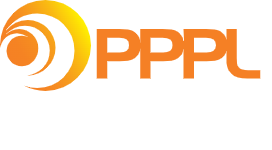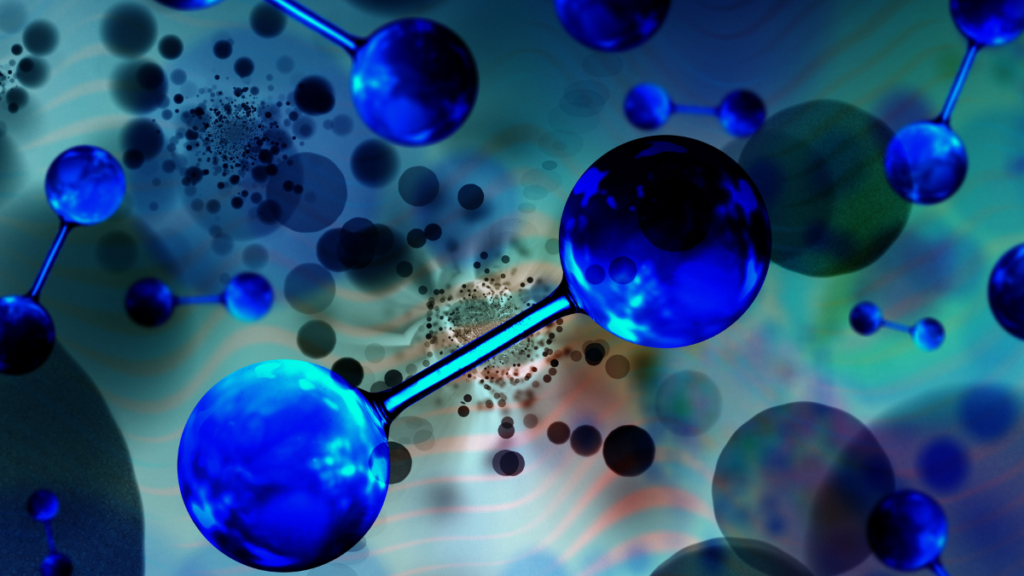
Lessening the effects of climate change will require a variety of innovations and a lot of ingenuity. Now, a new center led by the U.S. Department of Energy’s (DOE) Princeton Plasma Physics Laboratory (PPPL) will help these efforts by advancing the understanding of plasma-based clean hydrogen production.
PPPL was selected to lead a DOE Energy Earthshot Research Center (EERC) as part of the Hydrogen Shot™, which aims to reduce the cost of hydrogen by 80%. With funding from the DOE’s Office of Science, the EERCs support fundamental research to accelerate breakthroughs in support of the Energy Earthshots Initiative, which brings together scientists to help achieve and advance national climate and economic competitiveness goals.
The award provides $5 million over four years to study the use of plasma — the electrically charged fourth state of matter that makes up 99% of the visible universe — to produce hydrogen, a carbon-free fuel and a common feedstock used in chemicals and materials manufacturing. Yiguang Ju, a PPPL managing principal research physicist and the Robert Porter Patterson Professor of Mechanical and Aerospace Engineering at Princeton University, will head the EERC at PPPL.
The center is part of the Laboratory’s efforts to diversify its research. While PPPL remains a world leader in the science and engineering behind the development of fusion, it is now using its expertise in low-temperature plasmas to advance low-carbon-emission technologies for a sustainable and competitive U.S. manufacturing industry.
Described by PPPL researchers as “electromanufacturing,” this emerging field of research investigates ways to replace the energy provided by fossil fuels with clean electricity, including using plasmas in several industrial processes. The new branch of work is housed within…





